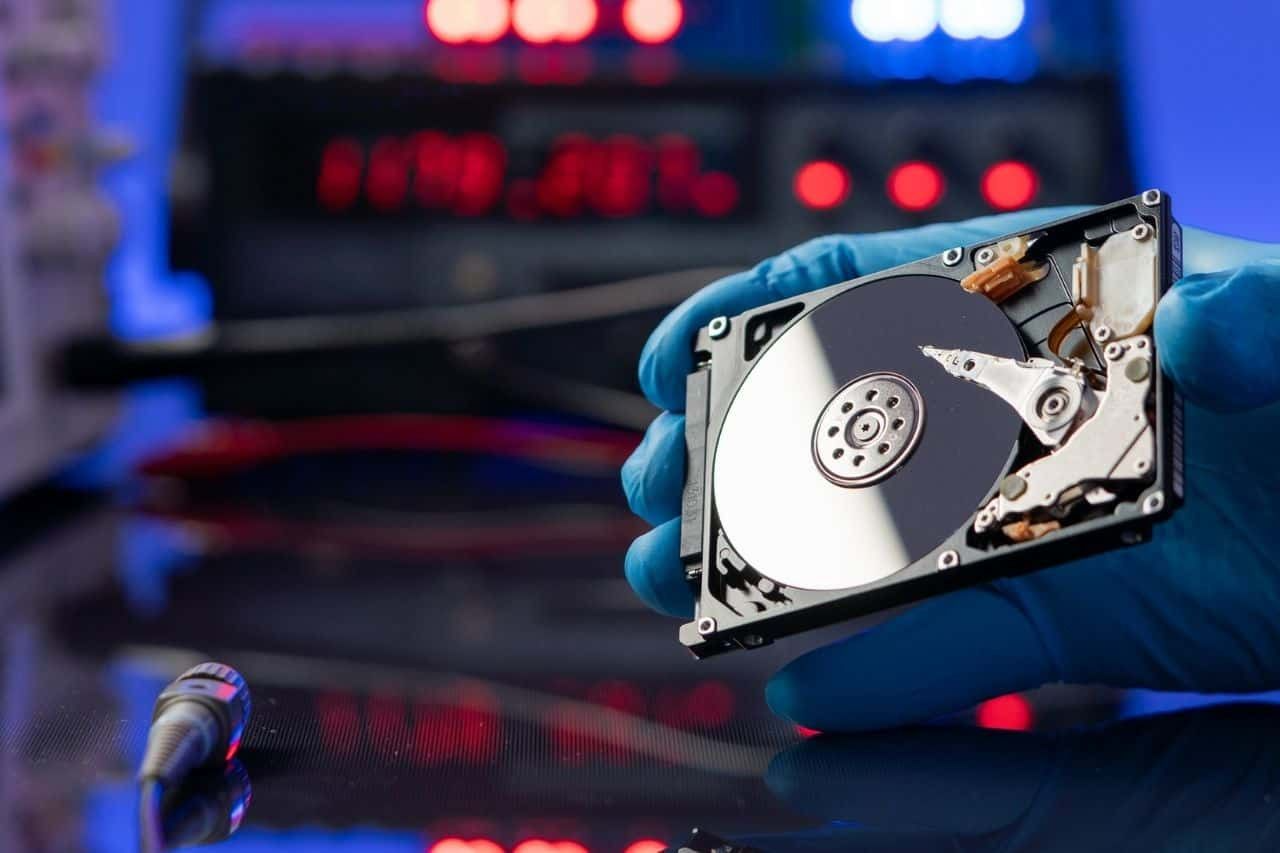Equity Shares Market And The NSE and BSE
Just like the cricket fever affecting one and all with the Indian team reaching the top, the equity shares market is gaining big momentum at present. It is no longer the downtrend witnessed for the last several months with the sensex and nifty that swung in the pendulum below the 18500 and 5500 figures respectively. Currently, with market breadths exhibiting positivism, soon the sensex will cross the 20,000 and 6,000 marks respectively. The record highs witnessed post mid 2010 in the equity shares market in India will be broken in no time too if the same breadth persists. Brisk buying in myriad sectors besides heavy inflow of foreign funds, and strong global cues has led to the upsurge. It is in the index and large cap equity shares that most of the buying was concentrated. Almost all sectoral indices of the NSE of India and BSE of India closed higher everyday for the last few days at a stretch and big gains came from auto, metals, and IT stocks. Boost your BSE and NSE trading with a registration at a renowned brokerage portal, especially one that offers solutions beyond brokerage.
Pioneering the securities transaction business in the country, the BSE of India boasts of 136 years of dominance in the Indian market. It is not only Indian investors but also foreign investors who are equally attracted towards investing in BSE companies leading to fast growth of the benchmark indices. What started in 1875 with 318 persons, who then paid a princely amount of Re. 1, today, emerged into a bourse with the largest number of listed companies in the world. The equity shares market has witnessed vast transformation over the years; thanks to the facilitation of collection of funds from the public via the BSE of India platform. Though the equity shares market existed decades ago, till the mid 1980s, there was no measure or scale that could precisely measure the fluctuations. And then the sensex index of the BSE of India was launched in 1986; the index consequently became the pulse, the barometer of the Indian stock market. This was followed by the launch of the BSE National Index in 1989; it comprised 100 stocks listed at then five major Indian bourses – Mumbai, Ahmedabad, Calcutta, Delhi, and Madras. The BSE National Index was renamed as BSE-100 index in 1996 with only prices of listed stocks being calculated.
If you are involved in NSE trading, it is a must that you know about the NSE of India, the listed companies, the nifty calculation process, and related paraphernalia. The more educated you are, the more will be your returns from your NSE trading. After the BSE of India, the other bourse rated high is the NSE of India. This stock exchange, a Govt. of India initiative, has also been instrumental in transforming the very facet of the Indian securities market. Go online to read more about NSE of India; there is no dearth of information online.









